Technology has long been a catalyst for innovation, reshaping industries and redefining creative processes. In the realm of creative industries, the integration of cutting-edge technologies like artificial intelligence, augmented reality, virtual reality, and 3D printing has opened unprecedented avenues for exploration and expression. From traditional crafts to modern design, these innovations are not only enhancing efficiency but also inspiring fresh perspectives that challenge conventional boundaries. This article delves into how technology is revolutionizing creative industries, offering examples, insights, and a deeper understanding of its transformative potential. By examining the intersection of technology and creativity, we explore how tools like machine learning are being utilized in pottery, how creative technology ideas are shaping manufacturing practices, and how these advancements are influencing diverse sectors worldwide. As we navigate the future of creative industries, one thing becomes clear: technology is no longer just a tool—it’s a collaborator that empowers human creativity while pushing the limits of what’s possible.
Key Takeaways
– AI Revolutionizes Creative Industries: By enhancing efficiency and enabling innovative solutions, AI is reshaping content creation, design, and storytelling.
– Enhances Creativity: Instead of replacing human ingenuity, AI acts as a powerful tool, boosting productivity and unlocking new creative possibilities.
– Democratizes Access: AI tools empower creators of all levels, making professional-grade resources more accessible and fostering diverse voices in creative fields.
– Streamlines Processes: From video editing to logo design, AI automates repetitive tasks, allowing creators to focus on innovative ideas and strategic growth.
– Personalized Experiences: AI-driven tools tailor content to specific audiences, improving engagement and delivering targeted marketing campaigns with precision.
– Complements Human Creativity: While AI excels at pattern recognition, human intuition, emotion, and originality remain irreplaceable, ensuring unique and artistic expression.
– Challenges Remain: Issues like copyright infringement, bias, and ethical dilemmas highlight the need for balanced AI integration, preserving human creativity’s essence.
– Future Outlook: As AI evolves, creative professionals must adapt, viewing it as a collaborative partner rather than a competitive threat, driving innovation and delivering greater value.
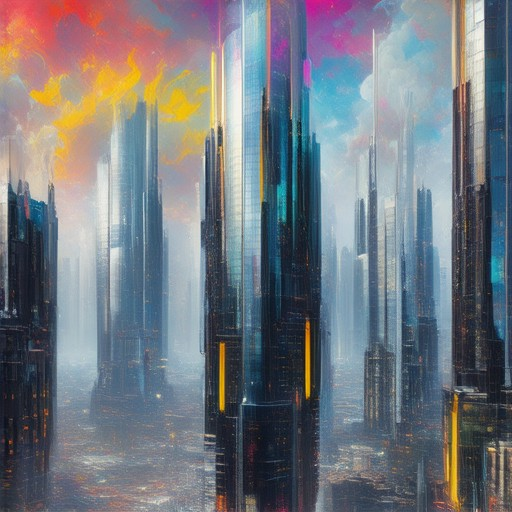
Technologies in Creative Industries
The creative industries are rapidly evolving with the integration of cutting-edge technologies that enhance creativity, efficiency, and audience engagement. Here are some of the most impactful technologies shaping this dynamic field:
- Augmented Reality (AR) and Virtual Reality (VR):
- Fashion Industry: Designers use AR apps to allow customers to visualize clothing on themselves before purchasing, revolutionizing the shopping experience.
- Gaming Industry: VR provides immersive gaming experiences, enabling developers to create more realistic and interactive environments.
- Education and Training: VR is being used to offer virtual tours and simulations, helping students gain hands-on experience in fields like architecture and surgery.
- Artificial Intelligence (AI):
- Film Production: AI tools automate tasks like scene recognition, object removal, and color grading, significantly speeding up post-production workflows.
- Music Composition: AI algorithms can generate music based on mood or style, assisting composers in exploring new creative avenues.
- Marketing and Advertising: AI-driven tools analyze consumer behavior and tailor content to individual preferences, enhancing campaign effectiveness.
- Blockchain Technology:
- Digital Asset Management: Blockchain ensures secure and transparent tracking of intellectual property rights, such as copyrights and trademarks.
- Smart Contracts: In media and entertainment, blockchain facilitates automated payments and royalty distribution, reducing administrative overhead.
- Metaverse Technology:
- Virtual Events: The metaverse allows for fully immersive virtual events, concerts, and conferences, offering unique experiences for attendees.
- Social Interactions: Users can interact with digital avatars in virtual environments, fostering new forms of collaboration and creativity.
- Interactive Tools and Platforms:
- Collaboration Platforms: Tools like Adobe Spark and Figma enable real-time collaboration among designers, allowing for seamless teamwork on creative projects.
- Feedback and Iteration: AI-powered tools provide instant feedback on creative works, accelerating the iterative process in design and development.
Trends and Future Directions
As technology continues to advance, the creative industries are expected to see increased integration of tools like AI, AR/VR, and blockchain. These innovations will likely lead to greater personalization, enhanced productivity, and new forms of artistic expression. Companies like Iterati are at the forefront of leveraging these technologies to drive innovation and deliver cutting-edge solutions across various sectors.
By embracing these technologies, creative professionals can unlock new possibilities, push creative boundaries, and deliver unparalleled experiences to their audiences.
Examples of Creative Technology
Creative technology encompasses a broad spectrum of innovations that integrate technological advancements with artistic expression, cultural experiences, and innovative problem-solving. Below are some notable examples across various domains:
- Virtual Reality (VR) and Augmented Reality (AR): These immersive technologies allow users to experience virtual worlds, providing creative opportunities in gaming, education, and entertainment. Examples include VR art galleries and AR-enhanced live performances.
- Interactive Digital Media: Technologies like projection mapping, holographic displays, and LED installations transform public spaces into dynamic creative environments.
- Digital Music Production and Performance: Tools like Ableton Live, Logic Pro, and AI-driven music generators enable artists to create and perform music in innovative ways, blending traditional instruments with electronic beats.
- Video Editing and Visual Effects: Software like Adobe Premiere Pro and The Foundry enables filmmakers and creators to produce visually stunning content, pushing the boundaries of storytelling.
- Wearable Technology: Devices like smartwatches and fitness trackers not only track health metrics but also offer creative possibilities through personalized feedback and interactive features.
- 3D Printing and Scanning: These technologies allow for the creation of complex, customized objects, enabling artists and designers to bring their visions to life in three dimensions.
- Internet of Things (IoT) in Art: Artists are using IoT devices to create interactive installations, where objects communicate and react to environmental changes, blurring the lines between static art and dynamic experiences.
- AI-Powered Creativity: AI tools like MidJourney and Stable Diffusion are revolutionizing art creation, allowing artists to generate images and videos with unprecedented speed and creativity.
- Smart Cities and Urban Innovation: Technologies like smart lighting, autonomous vehicles, and data-driven urban design are transforming public spaces into vibrant, interactive creative environments.
- Educational Gamification: Tools like Kahoot! and Duolingo use game-based learning to make education engaging and fun, fostering creativity and critical thinking in students.
- Projection Mapping and Large-Scale Installations: Techniques like projecting images onto buildings and surfaces create massive, immersive visual experiences, perfect for events and public art projects.
- Blockchain for Intellectual Property: Blockchain technology is being used to protect and manage digital assets, such as music, art, and video content, ensuring creators receive proper recognition and compensation.
Creative technology continues to evolve, offering endless possibilities for innovation across industries. By combining technical expertise with artistic vision, creators are redefining traditional forms of expression and opening doors to new ways of experiencing the world.
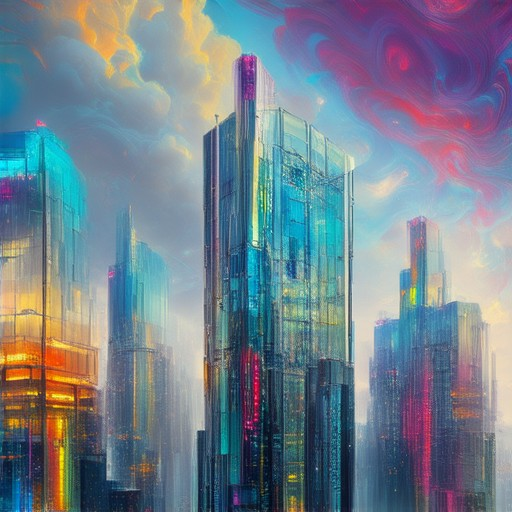
Industry Overview
Creative Technology operates within the consumer electronics industry, specializing in digital entertainment products. Their product portfolio includes audio innovations such as high-quality speakers, soundcards, gaming headphones, and MP3 players, along with webcams that have set global standards.
The company’s focus on digital entertainment aligns with the broader consumer electronics sector, emphasizing technological advancements in audio and visual devices. This positioning allows them to cater to enthusiasts and professionals seeking cutting-edge solutions in their respective fields.
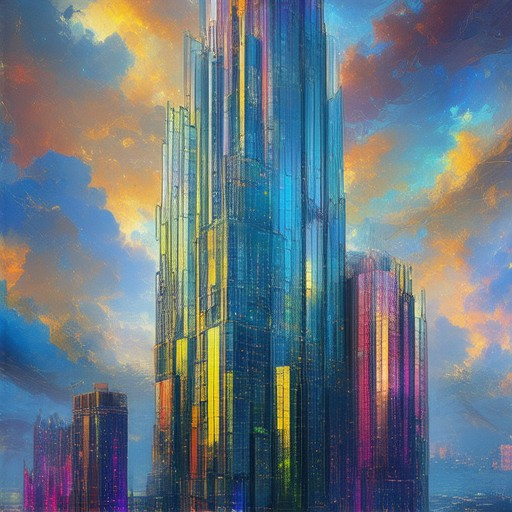
The Future of AI in Creative Industries
AI is revolutionizing the creative landscape, offering unprecedented opportunities across various sectors. While it enhances creativity rather than replacing human ingenuity, its impact is profound and multifaceted.
Content Creation and Storytelling
AI tools are democratizing content creation, enabling faster and more efficient storytelling. Machine learning algorithms can analyze vast datasets to generate nuanced narratives, tailor content to specific audiences, and optimize engagement. For instance, AI-driven video editing software can seamlessly stitch together clips, while generative design tools can autonomously create visual concepts.
Design and Visualization
In the realm of design, AI is becoming a powerful collaborator. Designers use AI to automate repetitive tasks, such as logo design or UI prototyping, allowing them to focus on innovative ideas. AI-powered platforms like Adobe Firefly can even analyze images and suggest design enhancements, significantly accelerating the creative process.
Marketing and Advertising
AI is reshaping marketing through dynamic content generation and personalized campaigns. AI algorithms can analyze consumer behavior to craft hyper-targeted ads, optimizing both delivery and effectiveness. Tools like HubSpot’s AI-driven marketing automation ensure campaigns adapt in real-time to audience interactions, driving better ROI.
Entertainment and Gaming
AI is transforming entertainment by enhancing production quality and personalization. Virtual production techniques powered by AI enable filmmakers to create immersive experiences, while AI-generated music and sound effects are becoming standard in media production. In gaming, AI-driven NPC behaviors and procedural generation techniques are redefining story arcs and gameplay.
Challenges and Considerations
While AI presents immense opportunities, challenges remain. Issues like copyright infringement, bias in AI-generated content, and the ethical implications of AI decision-making require careful navigation. Creators must balance efficiency gains with the preservation of human creativity and artistic integrity.
A Roadmap for the Future
Looking ahead, AI will likely play a pivotal role in every stage of the creative process. From ideation to execution, AI tools will continue to augment human capabilities, fostering collaboration and innovation. As the technology evolves, creative professionals will need to adapt, embracing AI as a partner rather than a competitor.
By leveraging AI’s potential, creative industries can unlock new possibilities, driving innovation and delivering greater value to audiences worldwide.
Is AI Replacing Creative Jobs?
AI is increasingly impacting creative industries, automating repetitive tasks and altering traditional workflows. While it may supplement human creativity, it does not entirely replace human roles in creative fields.
Areas Impacted by AI
- Graphic Design: AI tools now assist in designing logos, posters, and other visual content, reducing time spent on routine tasks
- Content Creation: AI generates text, social media posts, and marketing copy, aiding creators in producing high-quality content faster
- Video Editing: AI tools automate aspects of video production, streamlining the editing process for filmmakers and videographers
- Music Production: AI algorithms can compose music, though human input remains crucial for unique and artistic expression
The Role of Human Creativity
While AI excels at pattern recognition and automation, human creativity remains irreplaceable. Humans bring intuition, emotion, and originality to their work, qualities that AI currently struggles to replicate fully.
Competitive Landscape
Iterati, along with other platforms, focuses on leveraging AI to enhance creativity and problem-solving capabilities. By combining human expertise with AI tools, we empower creators to push boundaries and innovate further.
For more insights into how AI is shaping creative industries, explore our articles on AI and Creativity and Innovation Trends .
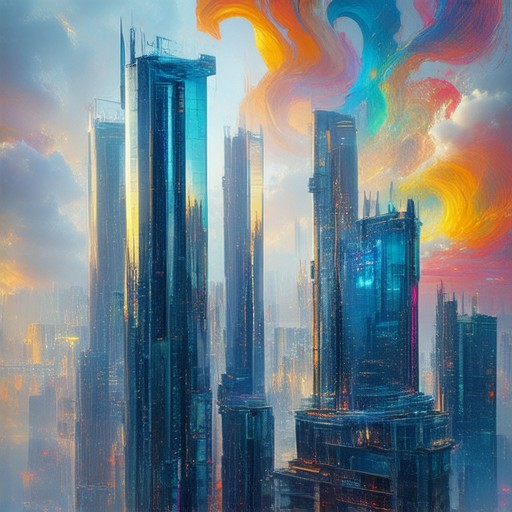
Disadvantages of AI in Creative Industries
The integration of artificial intelligence (AI) into creative industries has brought significant benefits, but it also presents several challenges and drawbacks. Below are the key disadvantages of AI in creative fields:
- Lack of Creativity and Emotion:** One of the most notable limitations of AI is its inability to truly understand or replicate human creativity. While AI can generate creative outputs, it lacks the emotional depth and intuition that human creators bring to their work. This limitation can result in outputs that feel hollow or miss the intended emotional impact.
- Dependence on Data:** AI systems rely heavily on data to make decisions and generate content. While this can lead to highly consistent and predictable outcomes, it can also stifle creativity by forcing content to conform to patterns or trends rather than exploring new ideas. Over-reliance on data can make AI-generated content feel formulaic and less innovative.
- Loss of Originality:** AI algorithms are often trained on existing works, which can lead to a homogenization of creative outputs. This risk increases when multiple AI tools are used interchangeably, leading to a lack of originality and diversity in creative industries.
- Job Displacement Concerns:** While AI can automate repetitive tasks and enhance efficiency, it also poses a threat to traditional jobs in creative fields. Artists, designers, and writers may face competition from AI tools that can produce similar work at a lower cost, potentially leading to job displacement concerns.
- Ethical and Moral Dilemmas:** AI systems operate based on the data they are trained on, which can sometimes reflect biases present in that data. This raises ethical questions about the role of AI in creative industries, particularly when generating content that could influence public perception or cultural narratives.
- Intellectual Property Issues:** The use of AI in creative processes can blur the lines between human and machine authorship. Determining who owns the rights to AI-generated content is a complex issue that requires clear guidelines and policies to protect intellectual property rights.
While AI offers immense potential for creative industries, its limitations highlight the importance of human creativity and expertise. To fully harness AI’s capabilities, it must be complemented by human ingenuity and oversight to ensure that the unique qualities of human creativity remain preserved and valued.
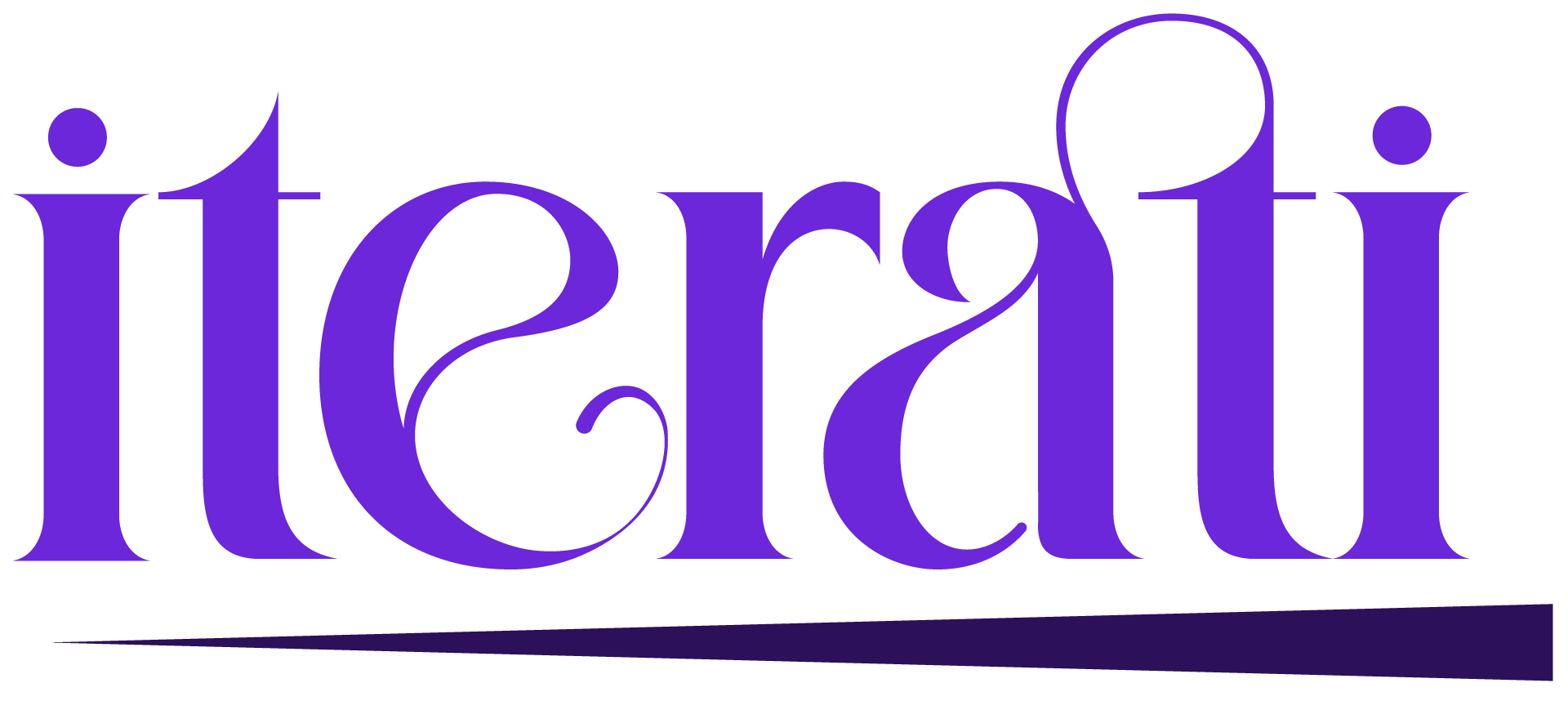
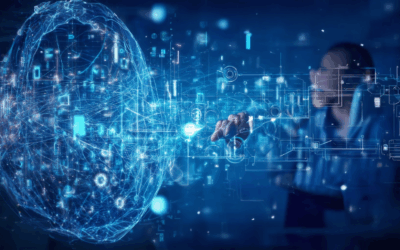
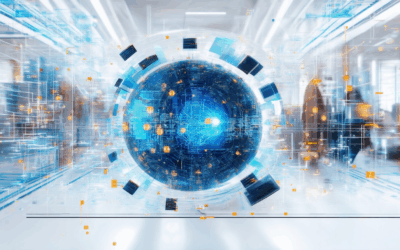
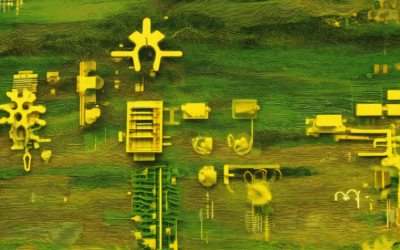
0 Comments